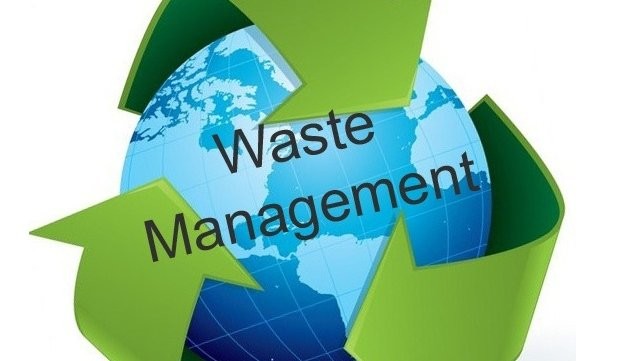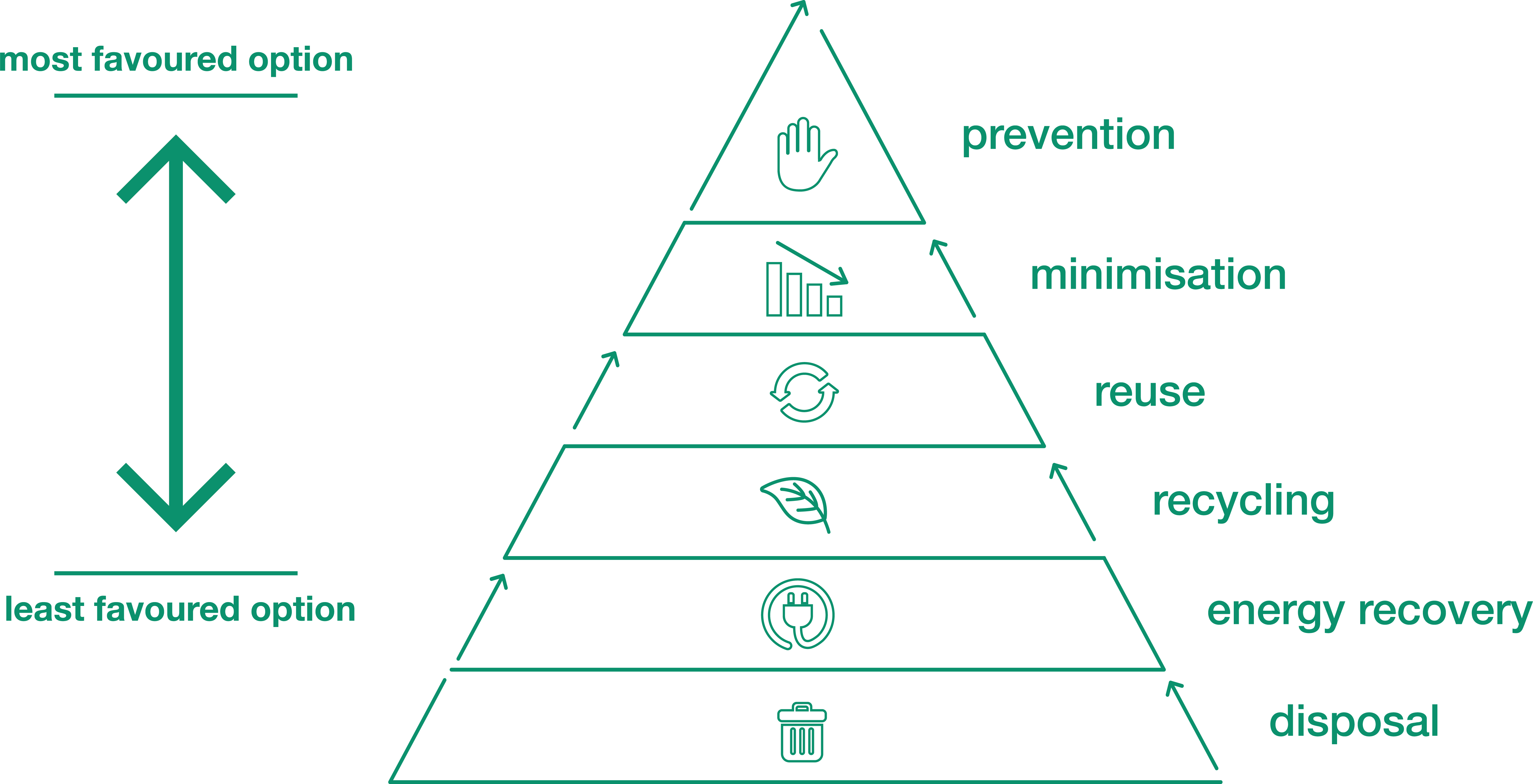The Influence of Recycling Lives Services on Communities and the Atmosphere
The Influence of Recycling Lives Services on Communities and the Atmosphere
Blog Article
Understanding the Classification and Handling of Different Kinds Of Waste
Effective waste administration is crucial for environmental sustainability, requiring a thorough understanding of the category and handling of various waste types. Home waste, industrial byproducts, hazardous materials, electronic refuse, and organic remnants each require unique protocols to make sure security and lessen eco-friendly damages. Implementing appropriate segregation, treatment, and disposal approaches is vital to reduce unfavorable environmental impacts and promote resource preservation. For circumstances, the composting of organic waste contrasts greatly with the complex procedures required to handle hazardous compounds. This complex method to throw away administration emphasizes its intricacy and the crucial requirement for specialized knowledge in this domain name.

Home Waste
Home waste, incorporating a wide selection of thrown out products generated from everyday living activities, represents a substantial component of the total waste stream - recycling lives services. This group consists of organic waste such as food scraps, yard cuttings, and paper items, alongside inorganic materials like plastics, steels, and glass. The diverse nature of home waste necessitates effective classification and administration to mitigate environmental effect and advertise sustainable living methods
Reliable house waste administration begins with partition at the resource, assisting in recycling, composting, and secure disposal. Organic waste, as an example, can be composted to produce nutrient-rich soil amendments, decreasing landfill burden and improving dirt health. Recyclable products, including paper, glass, and particular plastics, can be processed and repurposed, preserving resources and minimizing power consumption related to new product production.
In addition, dangerous household waste such as batteries, digital devices, and cleaning chemicals requires specialized handling to avoid dirt and water contamination. Public recognition campaigns and practical disposal choices play crucial duties in ensuring correct disposal and recycling of these products. By applying durable waste reduction strategies and promoting community participation, towns can significantly ease the ecological footprint of house waste.
Industrial Waste
Hazardous waste, a major contributor to worldwide waste generation, encompasses a varied variety of materials created by manufacturing, building and construction, and other commercial activities. This group includes byproducts such as scrap metal, plastics, rubber, chemicals, and other deposits. The make-up and volume of hazardous waste can differ significantly relying on the sector and production processes entailed. Effective administration of hazardous waste is crucial for decreasing ecological influence and advertising lasting practices.
The handling of commercial waste typically entails a number of procedures: collection, disposal, treatment, and partition. Collection systems are created to efficiently collect waste products from numerous resources within a commercial operation.
Taking on techniques such as waste reduction, resource healing, and recycling can significantly minimize the burden of hazardous waste on the environment, adding to even more lasting industrial methods.
Contaminated Materials

Destructive wastes can harm or damage living materials and cells. Combustible wastes can easily stir up, positioning fire risks, while reactive wastes can cause surges or release poisonous gases upon contact with various other materials.
Effective hazardous waste administration includes several vital methods: recognition and partition of hazardous products, secure transportation and storage, and proper treatment and disposal. Therapy approaches may include chemical neutralization, stablizing, and incineration. Regulatory conformity is vital, led by frameworks such as the Source Conservation and Healing Act (RCRA) in the USA, which ensures risk-free and eco sound administration of contaminated materials.
Electronic Waste
Electronic waste, typically abbreviated as e-waste, stands for an expanding challenge in waste administration because of the rapid obsolescence of modern technology. This category includes a wide variety of discarded electronic devices, consisting of smartphones, computers, tvs, and household appliances. The complexity of e-waste hinges on its make-up; these things contain a mix of beneficial materials such as gold and copper, as well as harmful compounds like lead, mercury, and cadmium.

Regulation and policies, such as the European Union's Waste Electric and Electronic Equipment (WEEE) Instruction, objective to advertise accountable e-waste management. These plans mandate manufacturers to assist in the collection and recycling of electronic items, thereby lowering the concern on land fills and reducing ecological contamination.
Organic Waste
Organic waste, encompassing eco-friendly materials such as food scraps, lawn trimmings, and farming residues, constitutes a substantial portion of the local strong waste stream. This sort of waste is significant not just for its volume however additionally for its prospective ecological impact otherwise taken care of correctly. Organic waste can break down anaerobically in land fills, producing methane, a potent greenhouse gas adding to climate modification.
Correct handling of natural waste entails numerous approaches. In addition, drawing away food waste from garbage dumps with contribution programs hop over to here can ease food instability while decreasing waste.
Municipalities and organizations are significantly identifying the relevance of natural waste administration. Carrying out detailed natural waste reusing programs not just minimizes ecological effects yet additionally straightens with wider sustainability goals, promoting a circular economy where resources are continually recycled and repurposed.
Final Thought
Reliable waste administration and ecological protection demand a detailed understanding of the classification and handling of different waste kinds. Applying proper methods for each waste kind ensures risk-free and liable waste administration techniques, ultimately adding to the protection of environments and public wellness.
Effective waste monitoring is pivotal for ecological sustainability, calling for an extensive understanding of the classification and handling of numerous waste types.Home waste, incorporating a wide array of discarded materials produced from day-to-day living activities, represents a substantial component of the general waste stream.Industrial waste, a significant contributor to global waste generation, includes a varied variety of products generated by manufacturing, building and construction, and other commercial tasks (recycling lives services).Dangerous waste, a crucial concern in waste monitoring, consists of products that present considerable risks to human health and wellness and the atmosphere due to their harmful, destructive, flammable, or reactive residential properties.Organic waste, including naturally degradable materials such as food scraps, yard trimmings, and agricultural deposits, comprises a considerable part of the community solid waste stream
Report this page